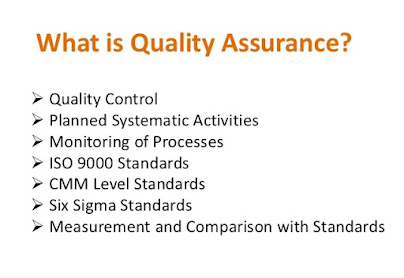What Is Quality Assurance?
Quality assurance is a way to avoid mistakes in the project’s product or service, and thus prevent problems for your stakeholders. It’s the part of quality management that focuses on maintaining the integrity of the product or service, which gives stakeholders the confidence that their quality requirements will be met. It is, therefore, a foundational pillar of project management.
The Difference Between Quality Assurance and Quality Control
The difference between quality assurance and quality control is subtle but significant, although both terms are often used interchangeably to describe the quality management of the project’s product or service.
The difference is a matter of where the focus occurs in a project. Quality control is more concerned with quality earlier in the project process. Assurance, though, is more about the implementation of inspection and structured testing throughout every phase of the project.
Quality Assurance Approaches
- Failure Testing: Also referred to as stress testing, failure testing is a way to push a product to its limits by increasing vibration, temperature, humidity, etc., to expose inherent weaknesses, and then use those findings to improve the product to uphold a higher standard.
- Statistical Control: This type of quality assurance is based on analyses of objective and subjective data to track quality data, and then chart it against a common cause variance.
- Total Quality Management: Here the quality of the product is dependent on the participating constituents, some sustainable and controllable, others not. If the specification does not match its true quality requirements, then the quality is not guaranteed.
- Models and Standards: This is an international standard that has general requirements for competence. There are tests to carry out, 15 management requirements and 10 technical requirements, in a laboratory that is accredited.
- Company Quality: This concept came about in the 1980s and focuses on all departments approaching quality lead by management to develop a quality improvement process. This is done through controls, job management, process, performance, knowledge, skills and experience, integrity, confidence and infrastructure.


EmoticonEmoticon